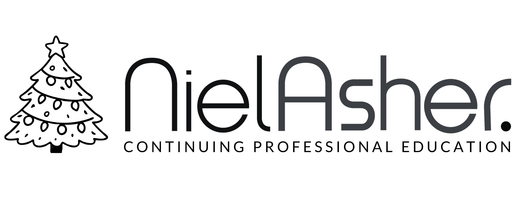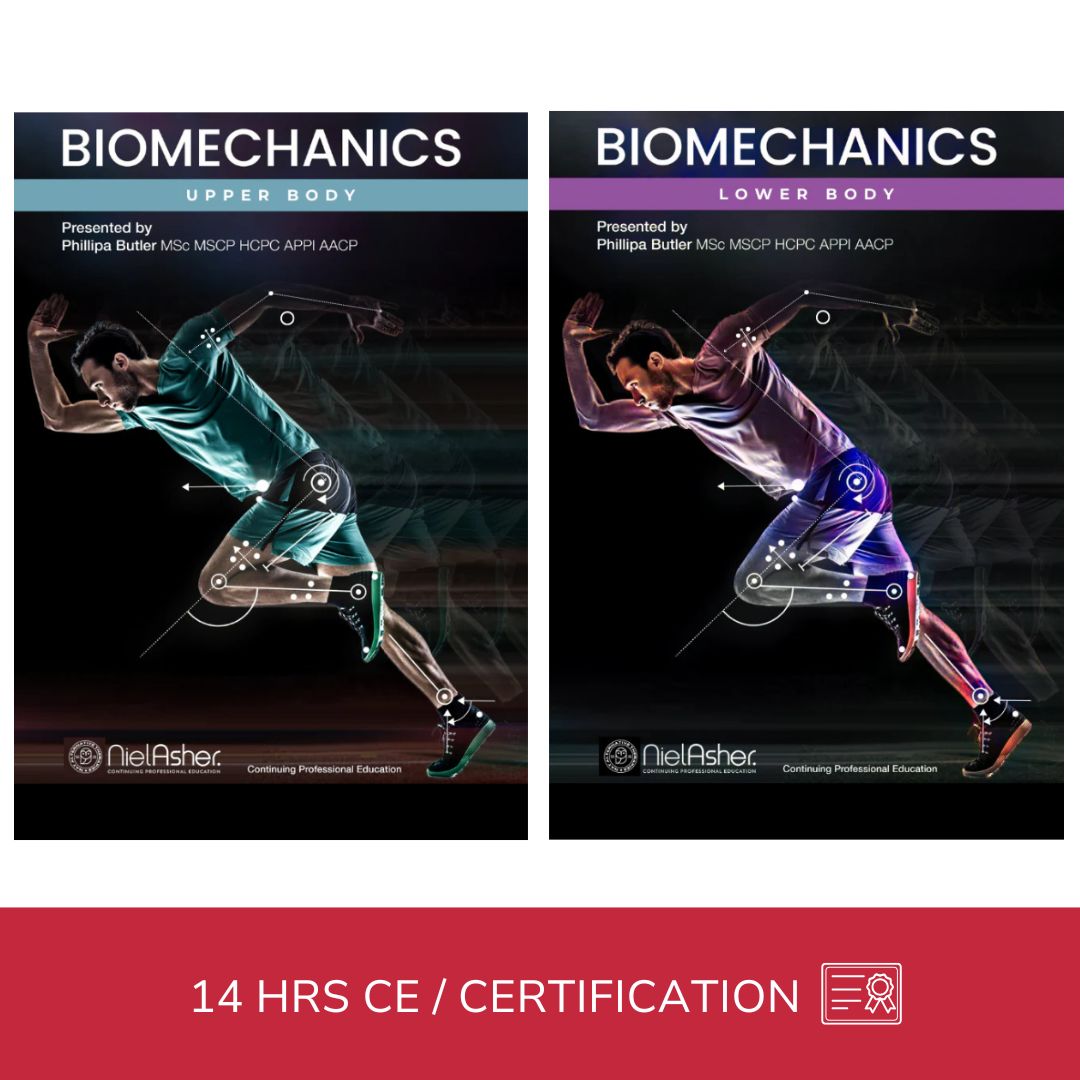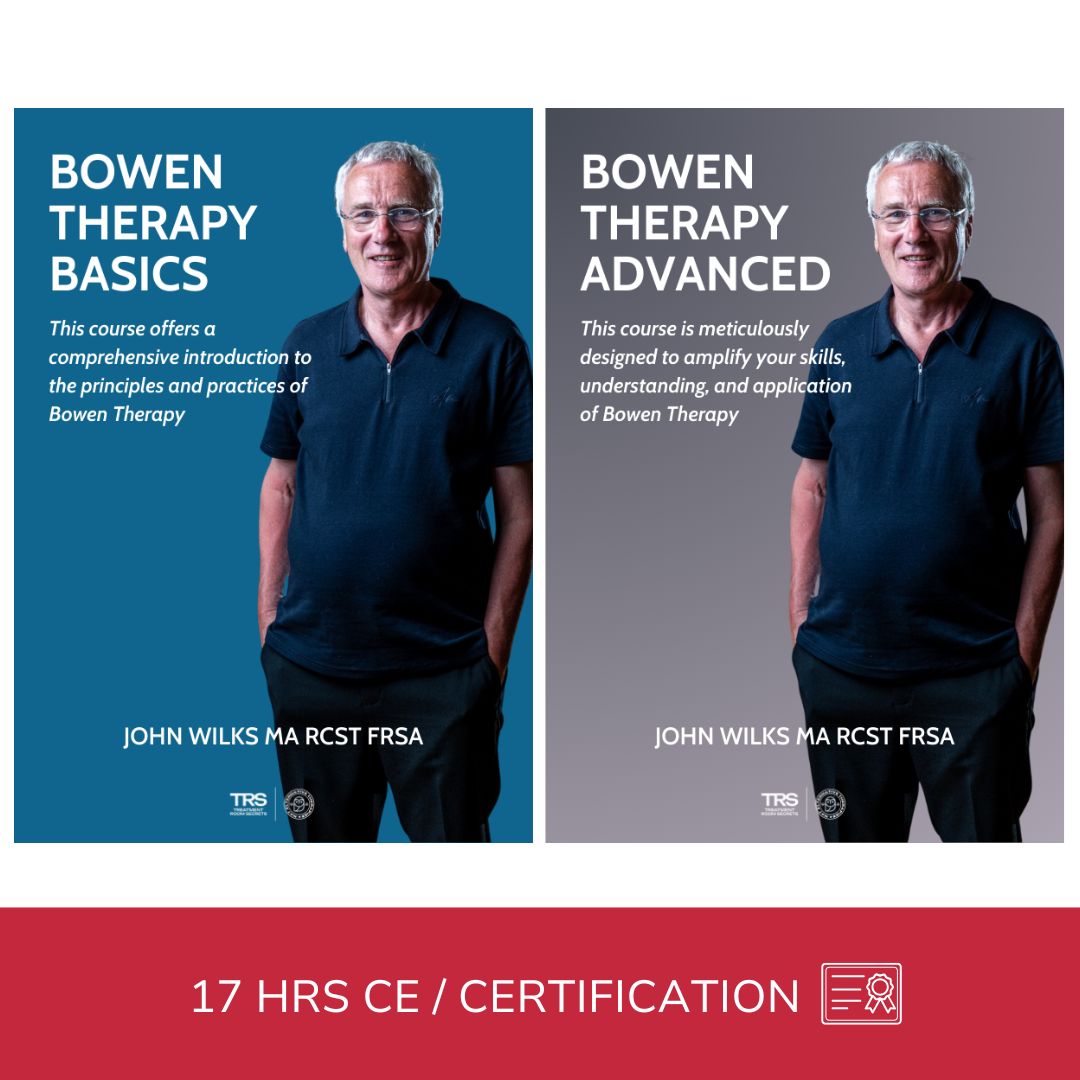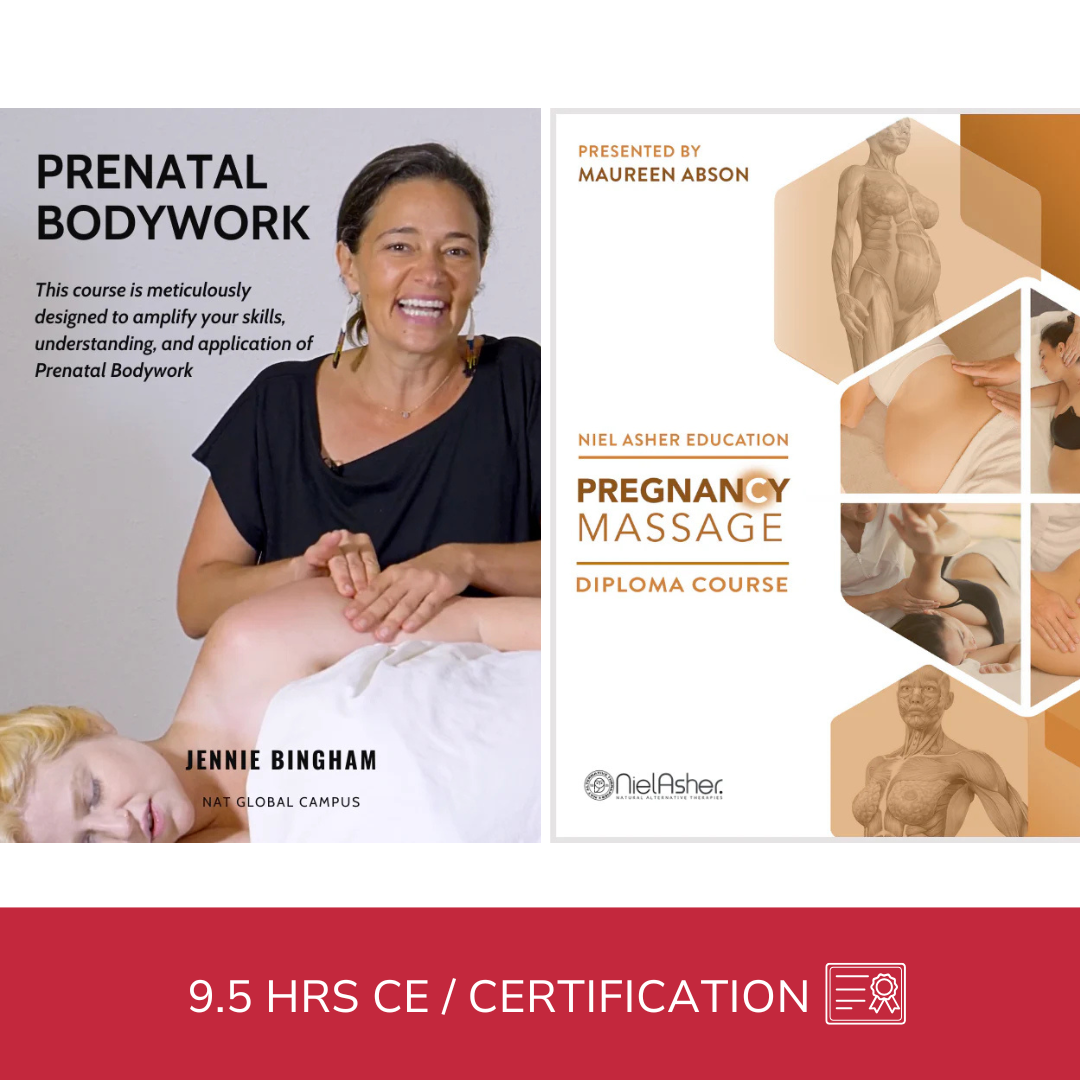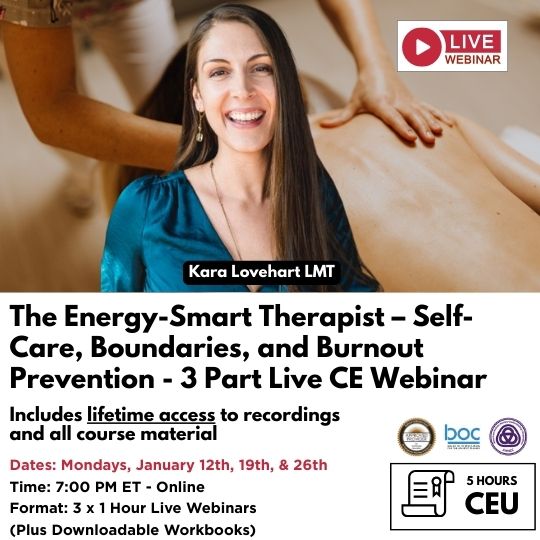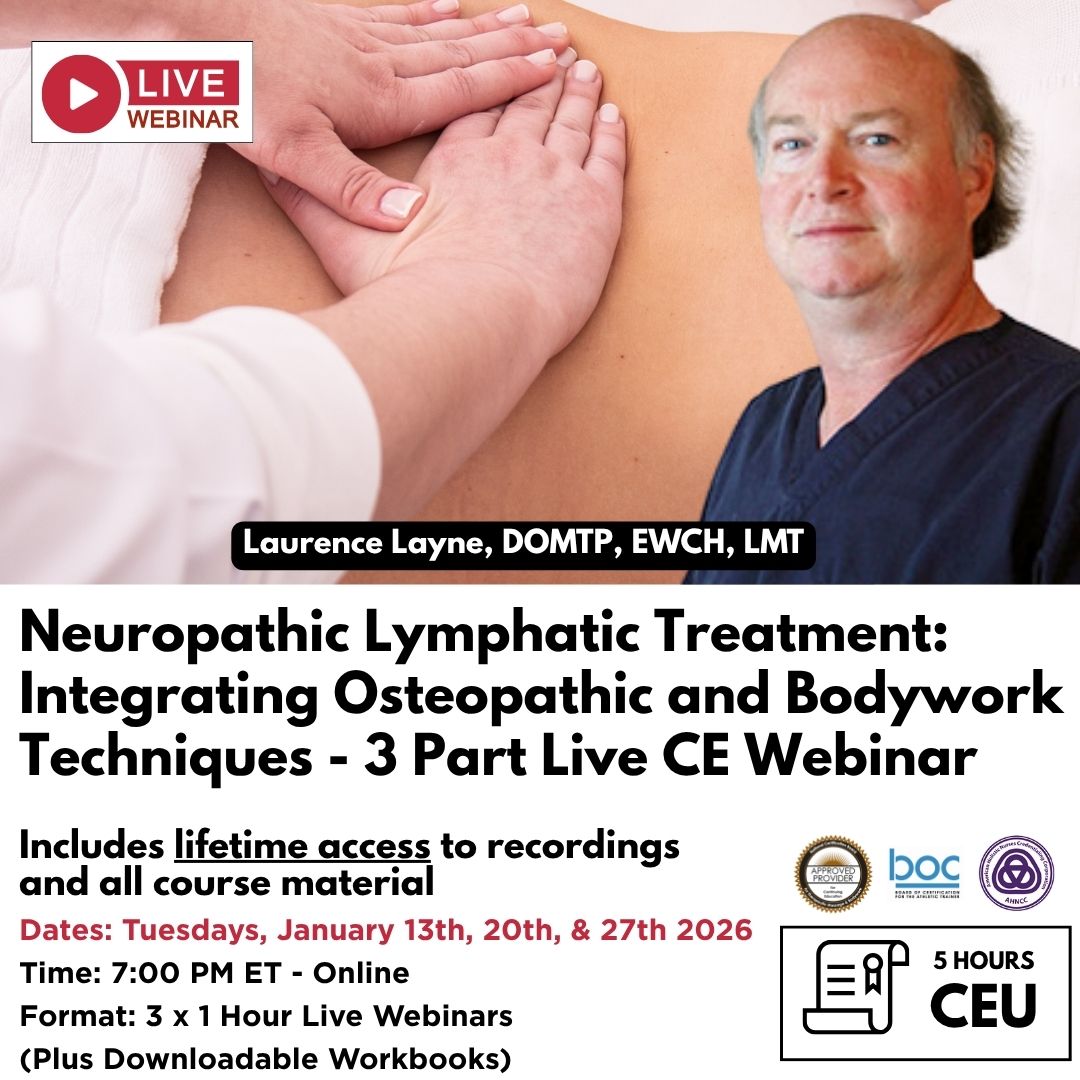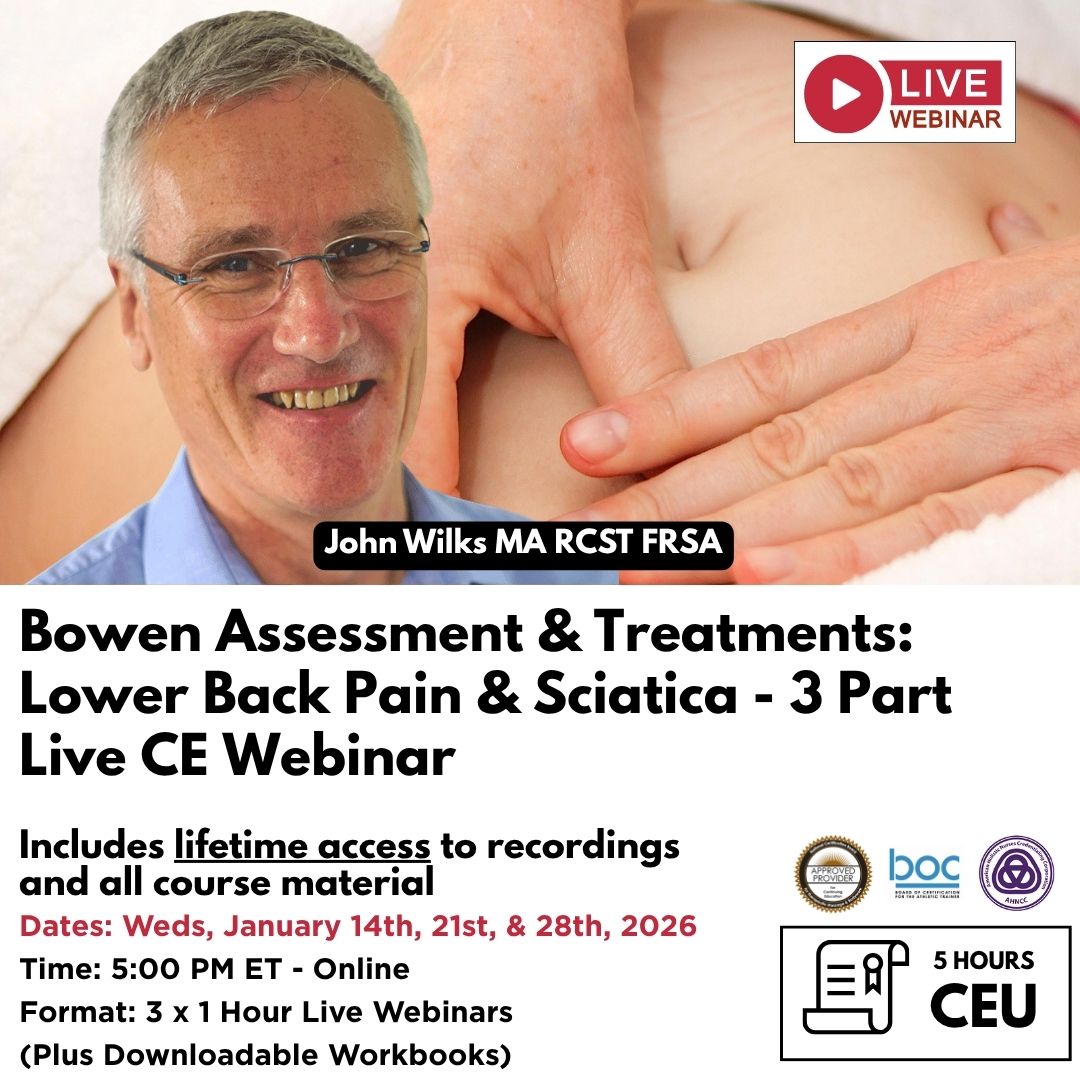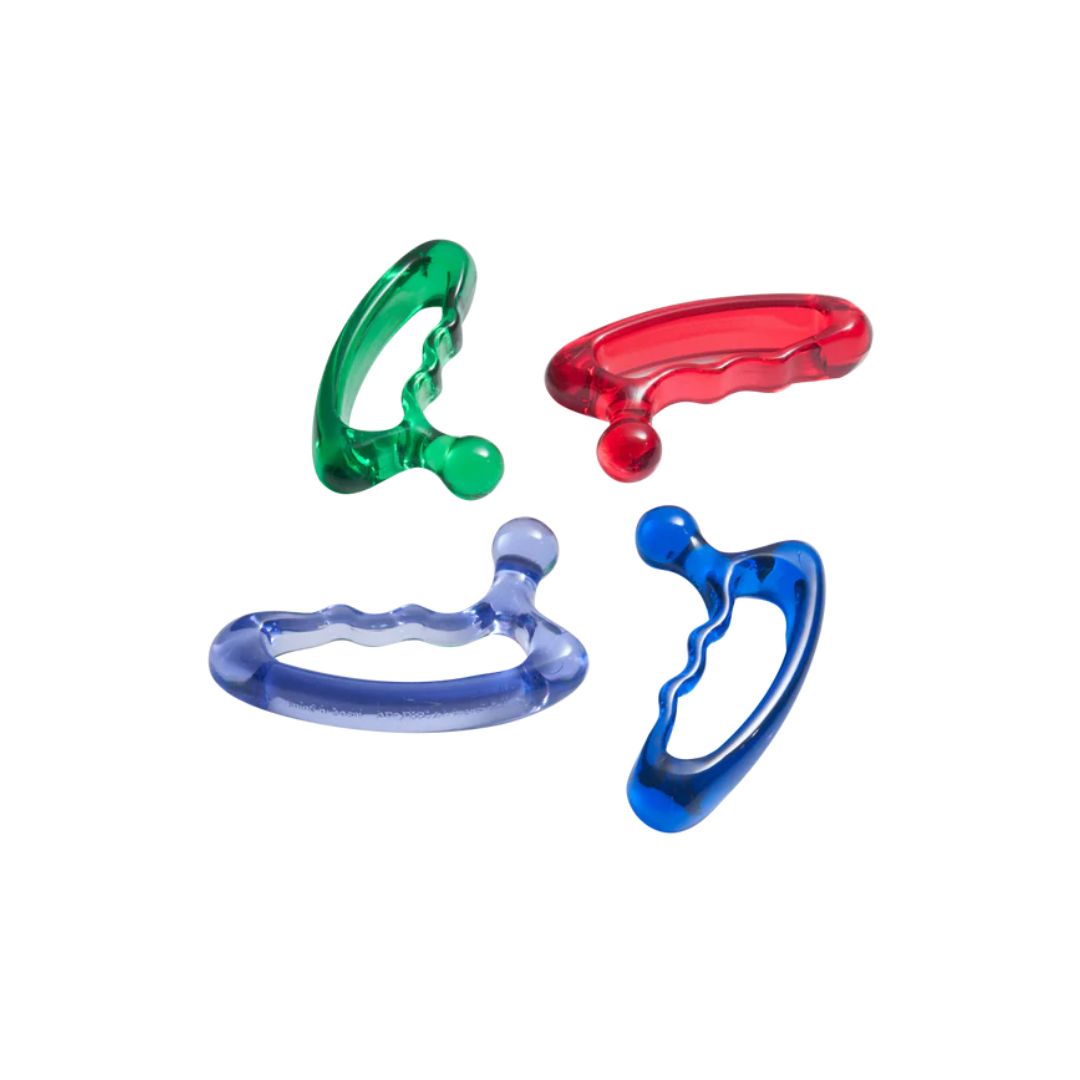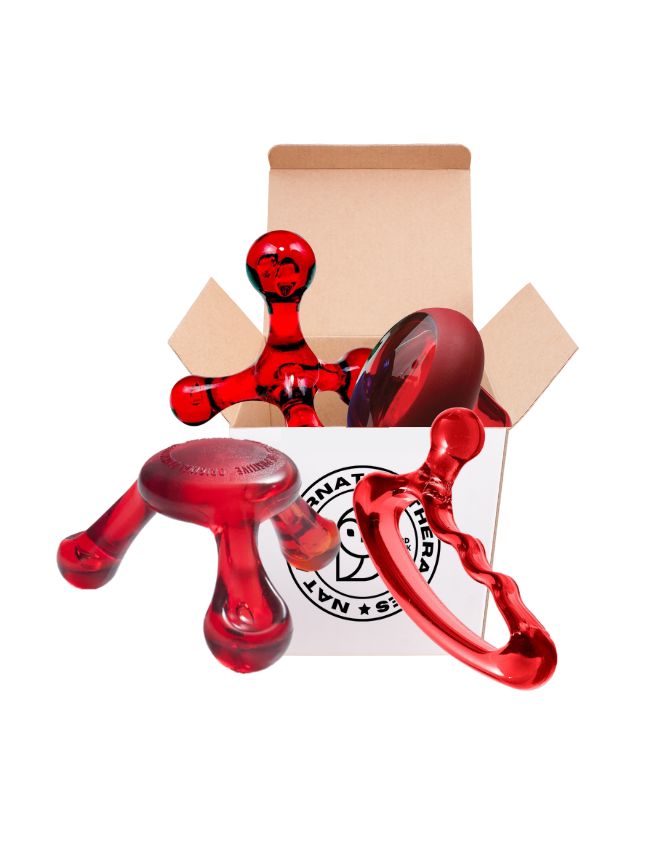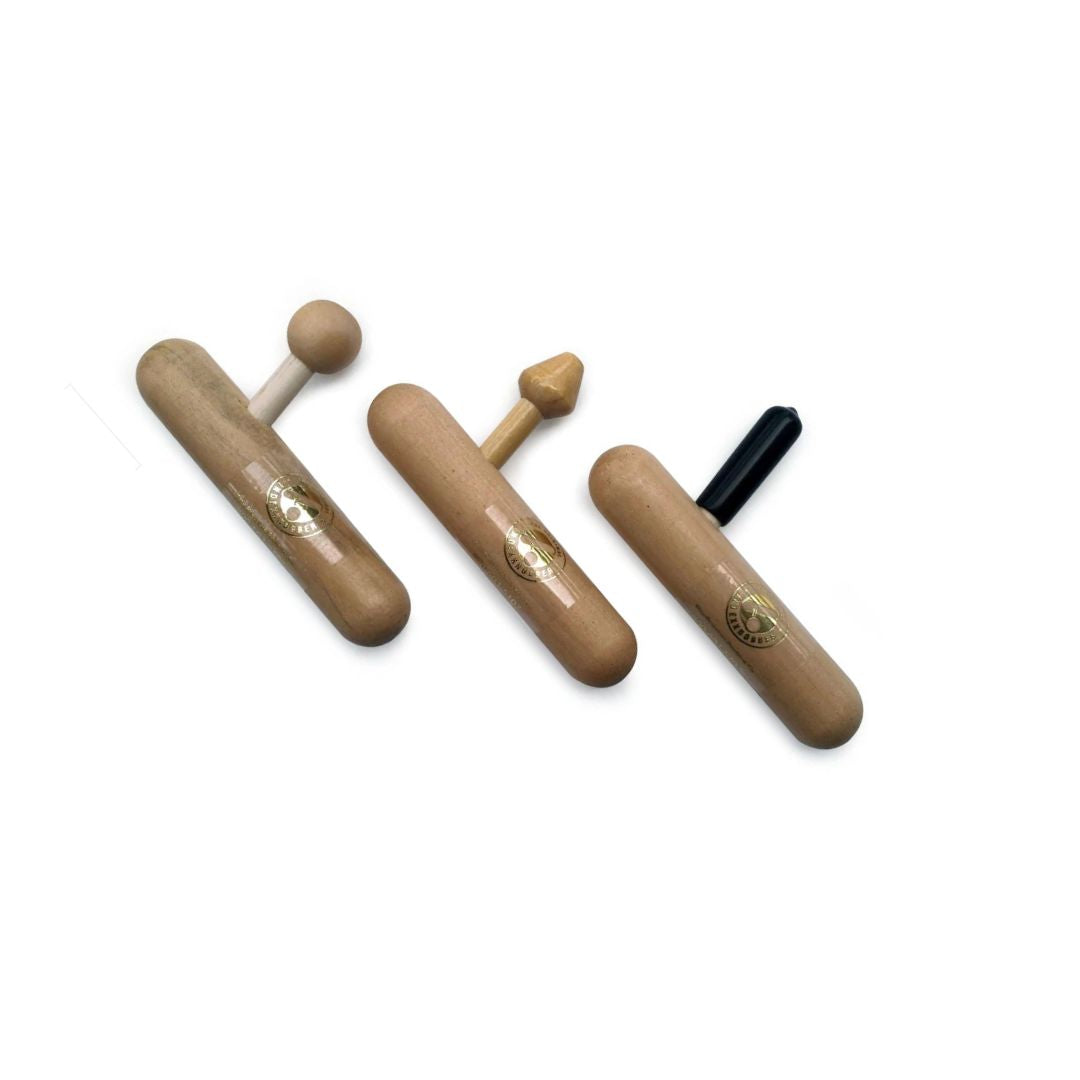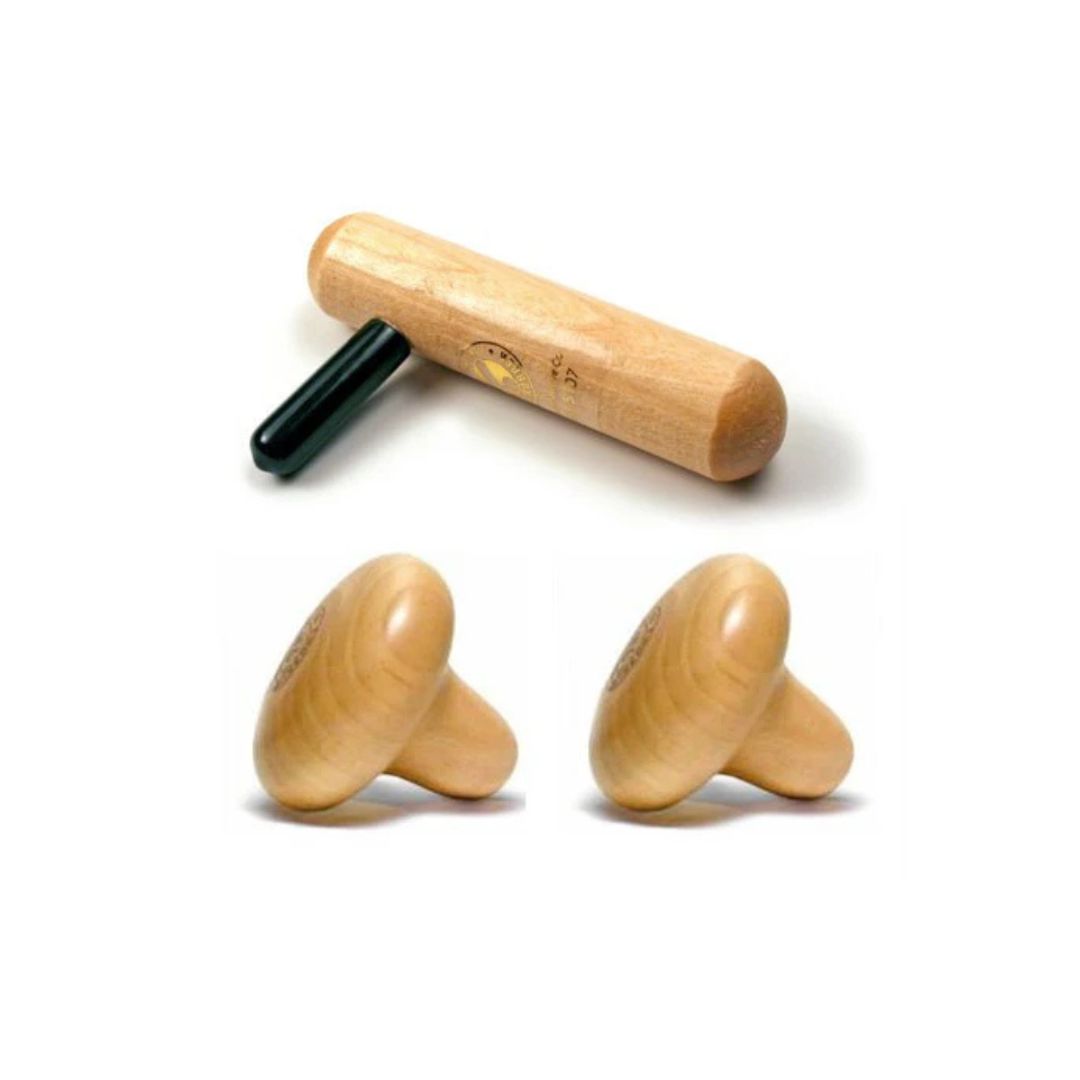Dry Needling vs. Traditional Acupuncture: Unraveling the Needle's Tale
The Evolving Landscape of Needle Therapies
As a manual therapists, we've seen the incredible power of needles in relieving pain and restoring function. However, the world of needles can be confusing, especially when we talk about dry needling and traditional acupuncture. These two modalities, while sharing the tool of the needle, are fundamentally different in their approaches and philosophies. Let's dive deep into understanding these differences, explore their applications, and navigate the complex landscape of regulation and licensing.
Understanding Traditional Acupuncture
Traditional acupuncture, rooted in Traditional Chinese Medicine (TCM), is a holistic system of healing that has been practiced for thousands of years. It views the body as an intricate network of energy pathways, or meridians, through which vital energy, known as "Qi" (pronounced "chee"), flows. When this flow of Qi is disrupted, it can lead to pain, illness, and dysfunction.
Acupuncturists use thin needles inserted into specific points along these meridians to restore the balance and flow of Qi. These points, known as acupoints, are believed to have specific therapeutic effects. The selection of acupoints is based on a complex diagnostic system that considers the individual's symptoms, pulse, tongue, and overall constitution.
TCM also incorporates other modalities, such as moxibustion (burning of mugwort near acupoints), cupping, and herbal medicine, to support the healing process. It's a comprehensive system that addresses the whole person, considering their physical, emotional, and spiritual well-being.
Dry Needling: A Modern Approach
Dry needling, also known as medical acupuncture, is a relatively modern technique that focuses on the musculoskeletal system. It uses thin needles inserted into trigger points, which are hyperirritable spots in taut bands of muscle fibers. These trigger points can cause local pain and referred pain to other areas of the body.
The goal of dry needling is to release muscle tension, reduce pain, and improve function by stimulating a local twitch response in the muscle. This twitch response is believed to disrupt the neurological feedback loop that maintains the trigger point, leading to muscle relaxation and pain relief.
Dry needling is often used in conjunction with other manual therapy techniques, such as massage, stretching, and exercise, to address musculoskeletal pain and dysfunction. It's grounded in Western medical principles and is often favored by physical therapists, athletic trainers, and other healthcare professionals who work with musculoskeletal injuries.
Key Differences: Philosophy, Diagnosis, and Treatment
The fundamental difference between dry needling and traditional acupuncture lies in their underlying philosophies.
- Philosophy: Traditional acupuncture is rooted in TCM, which views the body as an energetic system. Dry needling is based on Western medical principles, focusing on the musculoskeletal system and neurophysiology.
- Diagnosis: Traditional acupuncture uses a complex diagnostic system that considers the flow of Qi, pulse, tongue, and overall constitution. Dry needling diagnosis is based on identifying trigger points through palpation and assessment of pain patterns.
- Treatment: Traditional acupuncture uses acupoints along meridians to restore the flow of Qi. Dry needling targets trigger points in muscles to release tension and reduce pain.
- Scope: Traditional acupuncture addresses a wide range of conditions, including pain, internal disorders, and emotional imbalances. Dry needling primarily focuses on musculoskeletal pain and dysfunction.
The Landscape of Regulation and Licensing
The regulation and licensing of dry needling and traditional acupuncture vary significantly across different countries and even within different states or provinces.
-
United States:
- Traditional acupuncture is licensed in most states, requiring extensive education and training.
- Dry needling is a more contentious issue. Some states allow physical therapists, athletic trainers, and other healthcare professionals to perform dry needling within their scope of practice, while others have stricter regulations or prohibit it altogether. The battle to get dry needling added to the scope of practice of Athletic Trainers has been ongoing and is now rapidly gaining ground.
- Acupuncturists often voice strong opposition to dry needling, citing the extensive training required for licensure.
-
Australia:
- Traditional acupuncture is regulated and requires registration with the Chinese Medicine Board of Australia.
- Dry needling is generally performed by physiotherapists and other healthcare professionals who have completed specific training.
-
United Kingdom:
- Traditional acupuncture is regulated by voluntary professional bodies.
- Dry needling is performed by physiotherapists and other healthcare professionals who have completed appropriate training.
-
Canada:
- Traditional acupuncture is regulated in some provinces, requiring registration with provincial regulatory colleges.
- Dry needling is performed by physiotherapists and other healthcare professionals who have completed specific training.
The Acupuncturist's Perspective
Acupuncturists often view dry needling as a simplified and potentially dangerous version of acupuncture. They argue that dry needling practitioners lack the comprehensive understanding of TCM and the diagnostic skills necessary to provide safe and effective treatment. They point to the extensive education and training required for licensure as an acupuncturist, emphasizing the depth of knowledge needed to practice safely.
The Dry Needling Advocate's View
Proponents of dry needling argue that it's a valuable tool for addressing musculoskeletal pain and dysfunction. They emphasize the scientific basis of dry needling, citing research that supports its effectiveness in releasing trigger points and reducing pain. They also highlight the efficiency of dry needling, noting that it can be learned relatively quickly by qualified healthcare professionals.
They would also point to the fact that dry needling is now a common modality used in elite level sports, and is subject to ever more scientific research, which brings it more into line with modern medicine.
Navigating the Controversy
The debate between dry needling and traditional acupuncture is likely to continue. It's essential for healthcare professionals and the public to understand the differences between these two modalities and to make informed decisions about their care.
Continuing Education: NAT Courses
For healthcare professionals seeking to expand their knowledge and skills in needle therapies, the NAT offers valuable online courses.
- Level 1 and Level 2 Foundation in Acupuncture (online): Presented by Dr. Constance Bradley L.Ac., these courses provide a comprehensive introduction to traditional acupuncture principles and techniques.
- Dry Needling for Trigger Points (online): Presented by Paul Townley PT, this course focuses on the practical application of dry needling for trigger point release.
These courses provide a solid foundation for understanding and applying these modalities in clinical practice.
Conclusion
Dry needling and traditional acupuncture, while sharing the tool of the needle, are distinct modalities with different philosophies, diagnostic approaches, and treatment goals. Understanding these differences is crucial for healthcare professionals and the public. As the landscape of regulation and licensing continues to evolve, it's essential to stay informed and make informed decisions about care.
References:
- Dommerholt, J., Bron, C., & Franssen, J. (2006). Myofascial trigger points: an evidence-informed review. Journal of Manual & Manipulative Therapy, 14(4), 203-221.33
- Shah, J. P., Thaker, N., Heimur, J., Aredo, J. V., Sikdar, S., & Gerber, L. H. (2015). Myofascial trigger points then and now: a historical and scientific perspective. PM&R, 7(7), 746-761.
- White, A., Cummings, M., Filshie, J., & Foster, N. E. (2008).34 Western medical acupuncture: a definition. Acupuncture in Medicine, 26(1), 3-5.
- Langevin, H. M., Churchill, D. L., & Cipolla, M. J. (2001).35 Mechanical signaling through connective tissue: a mechanism for the therapeutic effect of acupuncture. The FASEB Journal,36 15(11), 2275-2282.
- Bialosky, J. E., Bishop, M. D., Price, D. D., Robinson, M. E., & George, S. Z. (2009).37 The mechanisms of dry needling. Journal of Orthopaedic & Sports Physical Therapy, 39(6), 401-408.
- Gattie, E., Cleland, J. A., & Snodgrass, S. (2017). The effectiveness of trigger point dry needling for musculoskeletal conditions by physical therapists: a systematic38 review and meta-analysis. Journal of Orthopaedic & Sports Physical Therapy, 47(3), 133-149.39
- National Certification Commission for Acupuncture and Oriental Medicine (NCCAOM).40 (n.d.). About NCCAOM Certification.
- American Academy of Medical Acupuncture (AAMA).41 (n.d.). What is Medical Acupuncture?
- Australian Acupuncture & Chinese Medicine Association (AACMA).42 (n.d.). About Acupuncture.
- British Acupuncture Council (BAcC). (n.d.). About Acupuncture.
- College of Traditional Chinese Medicine Practitioners and Acupuncturists of British Columbia (CTCMA).43 (n.d.). About CTCMA.
Disclaimer:
About Niel Asher Education
Niel Asher Education (NAT Global Campus) is a globally recognised provider of high-quality professional learning for hands-on health and movement practitioners. Through an extensive catalogue of expert-led online courses, NAT delivers continuing education for massage therapists, supporting both newly qualified and highly experienced professionals with practical, clinically relevant training designed for real-world practice.
Beyond massage therapy, Niel Asher Education offers comprehensive continuing education for physical therapists, continuing education for athletic trainers, continuing education for chiropractors, and continuing education for rehabilitation professionals working across a wide range of clinical, sports, and wellness environments. Courses span manual therapy, movement, rehabilitation, pain management, integrative therapies, and practitioner self-care, with content presented by respected educators and clinicians from around the world.
Known for its high production values and practitioner-focused approach, Niel Asher Education emphasises clarity, practical application, and professional integrity. Its online learning model allows practitioners to study at their own pace while earning recognised certificates and maintaining ongoing professional development requirements, making continuing education accessible regardless of location or schedule.
Through partnerships with leading educational platforms and organisations worldwide, Niel Asher Education continues to expand access to trusted, high-quality continuing education for massage therapists, continuing education for physical therapists, continuing education for athletic trainers, continuing education for chiropractors, and continuing education for rehabilitation professionals, supporting lifelong learning and professional excellence across the global therapy community.
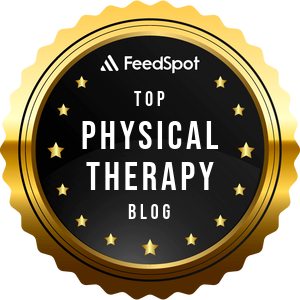
Continuing Professional Education
Looking for Massage Therapy CEUs, PT and ATC continuing education, chiropractic CE, or advanced manual therapy training? Explore our evidence-based online courses designed for hands-on professionals.
